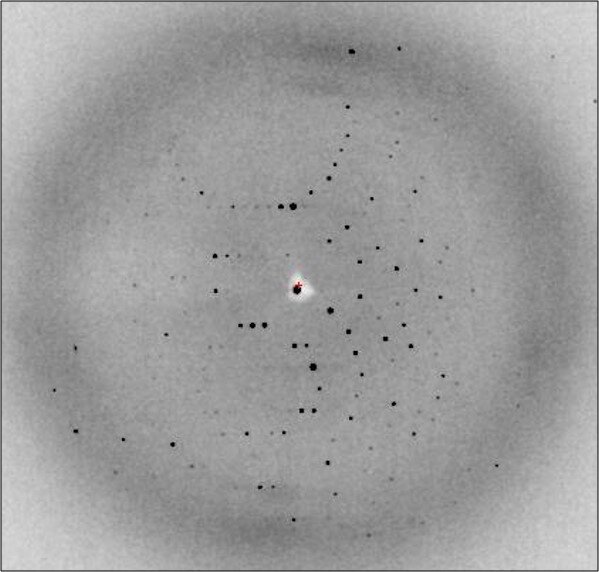
THE BIOLOGY
As obligate intracellular parasites, viruses rely on the cellular gene expression machinery for replication; consequently, the abilities of virus and host cell to control gene expression play critical roles during the establishment of viral infection. Many viruses have evolved elegant strategies to co-opt and manipulate cellular processes for their own benefit, but conversely, eukaryotic cells use specialized branches of gene expression pathways to respond to and eradicate viruses. Despite this central role, we still know surprisingly little about the factors that govern this molecular arms race at the host-pathogen interface. In the Steckelberg lab, we combine biochemical, structural and cell biological methods study the molecular interactions that regulate gene expression during infection with RNA viruses of the flaviviridae and coronaviridae families. We are particularly interested to learn how viruses use RNA structure to manipulate cellular processes. Studying how viruses hijack cellular machinery provides insight into the life cycle of important human pathogens but also expands our understanding of the cellular machinery itself. By studying RNA-protein interactions at the host-virus interface we thus strive to deconstruct molecular networks that regulate gene expression in human cells.
THE QUESTIONS
How do viruses hijack the cellular translation machinery?
How do viruses manipulate RNA turnover?
How do mammalian cells use RNA surveillance mechanisms to fight viral infection?
THE APPROACH
We take a question-driven approach that combines structural (x-ray crystallography and cryoEM) with biochemical, biophysical and cell biological methods, and connects molecular interactions to cellular phenotypes to understand the interplay between RNA metabolism and viral infections.





